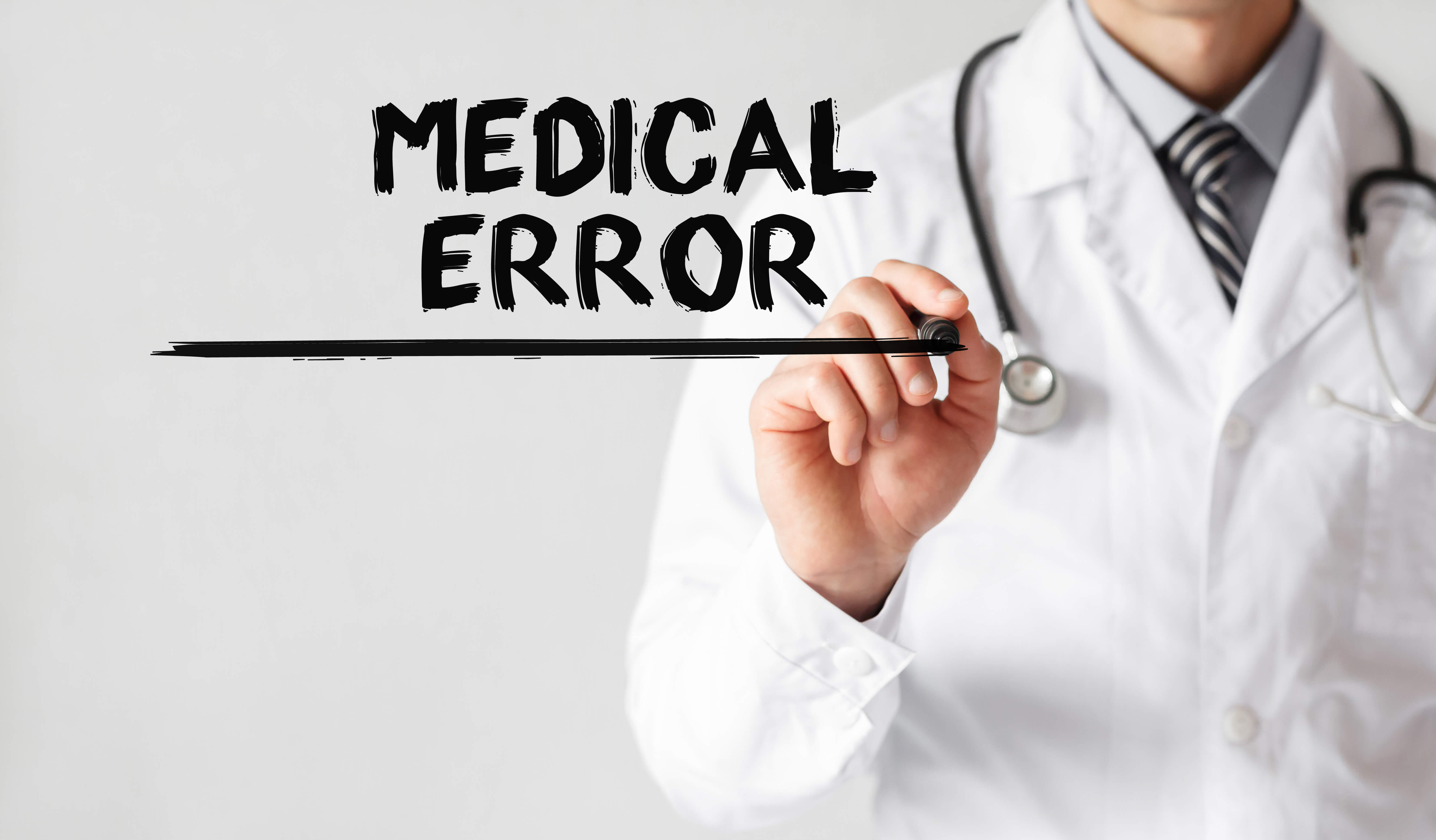 A medical error is defined as “an adverse event or near miss that is preventable with the current state of medical knowledge”. Medical errors have been a topic of study throughout the previous century, though they have become a part of the public consciousness more so in the last few decades. In 1951, the American College of Surgeons, in conjunction with the American College of Physicians and the Canadian and American Medical Associations joined forces to establish the Joint Commission on Accreditation of Hospitals. The Joint Commission remains today the nation's oldest and largest standards-setting and accrediting body in health care. They are one of many organizations pushing for improvement in hospital safety and reduction of medical errors.
A medical error is defined as “an adverse event or near miss that is preventable with the current state of medical knowledge”. Medical errors have been a topic of study throughout the previous century, though they have become a part of the public consciousness more so in the last few decades. In 1951, the American College of Surgeons, in conjunction with the American College of Physicians and the Canadian and American Medical Associations joined forces to establish the Joint Commission on Accreditation of Hospitals. The Joint Commission remains today the nation's oldest and largest standards-setting and accrediting body in health care. They are one of many organizations pushing for improvement in hospital safety and reduction of medical errors.
Another is the Institute of Medicine (IOM), which raised concern over medical errors in their 1999 report titled, To Err Is Human: Building A Safer Health System. The report explored the prevalence of medical errors, and deaths from medical errors, estimating medical errors to be the 8th largest cause of death, higher than auto accidents, or AIDS.
More modern research has estimated the death toll from medical errors to be even higher. A 2016 report in the British Medical Journal has medical errors ranking as the 3rd largest cause of death. Despite this prevalence, you won’t actually find medical error listed in the CDC’s ranking of leading causes of death. This is because the list is compiled from the causes of death listed on death certificates, which require an assigning of an International Classification of Disease (ICD) code to the cause of death. You may be familiar with ICD codes as they are also used in billing and for insurance providers to accept claims for treatment. Since the CDC and related organizations that set the world’s health policies and priorities are basing them off of the frequency of these codes, which don’t include medical errors, medical errors can fall under the radar.
What Can You Do to Prevent Medical Errors?
The best way to prevent medical errors is to understand the types of medical errors, as well as how and where they occur. Medical errors are generally broken down into categories, diagnostic errors, treatment errors, and prevention errors. Within laboratories, you will see errors broken down into pre-analytical, analytical and post-analytical errors. Pre-analytical errors occur during the time before the laboratory is directly involved in assaying and analyzing test samples, such as sample misidentification or the ordering of the wrong test. Analytical errors take place during the time the laboratory is directly involved in receiving, analyzing, and reporting test samples, and might include sample mix-up during testing, outdated or wrong reagents, and transcription errors. Post-analytical errors occur during the time after the laboratory reports test results and include things like the wrong treatment or wrong reporting of the results.
Current proposals for reducing the rate of medical errors in the American health care system include the following:
-
Adopt stricter standards of acceptable error rates.
-
Standardize medical equipment and build in mechanical safeguards against human error.
-
Improve the working conditions for nurses and other hospital staff.
-
Make use of new technology to improve accuracy in medication dosages and recording patients' vital signs.
-
Develop a nationwide database for error reporting and analysis.
-
Encourage patients to become more active participants in their own health care.
-
Address the fact that both patients and physicians have emotional as well as knowledge related needs around the issue of medical errors.
Want to learn more about medical errors? Check out NSH’s webinar, Medical Errors for the Laboratorian. The course is worth two hours of continuing education and fulfills the Florida License Requirement for Medical Errors.
#2019#Blog#LaboratoryOperations